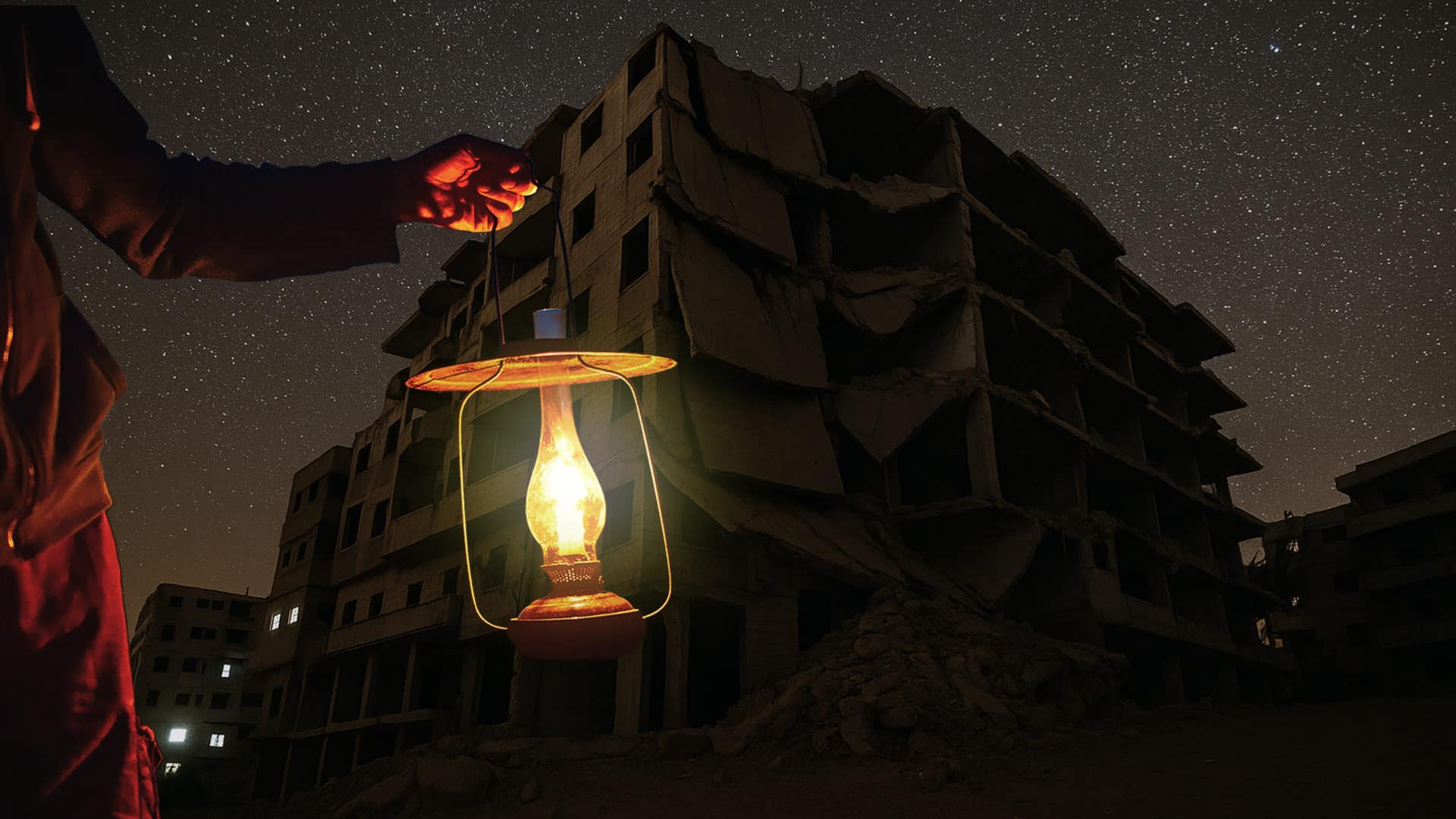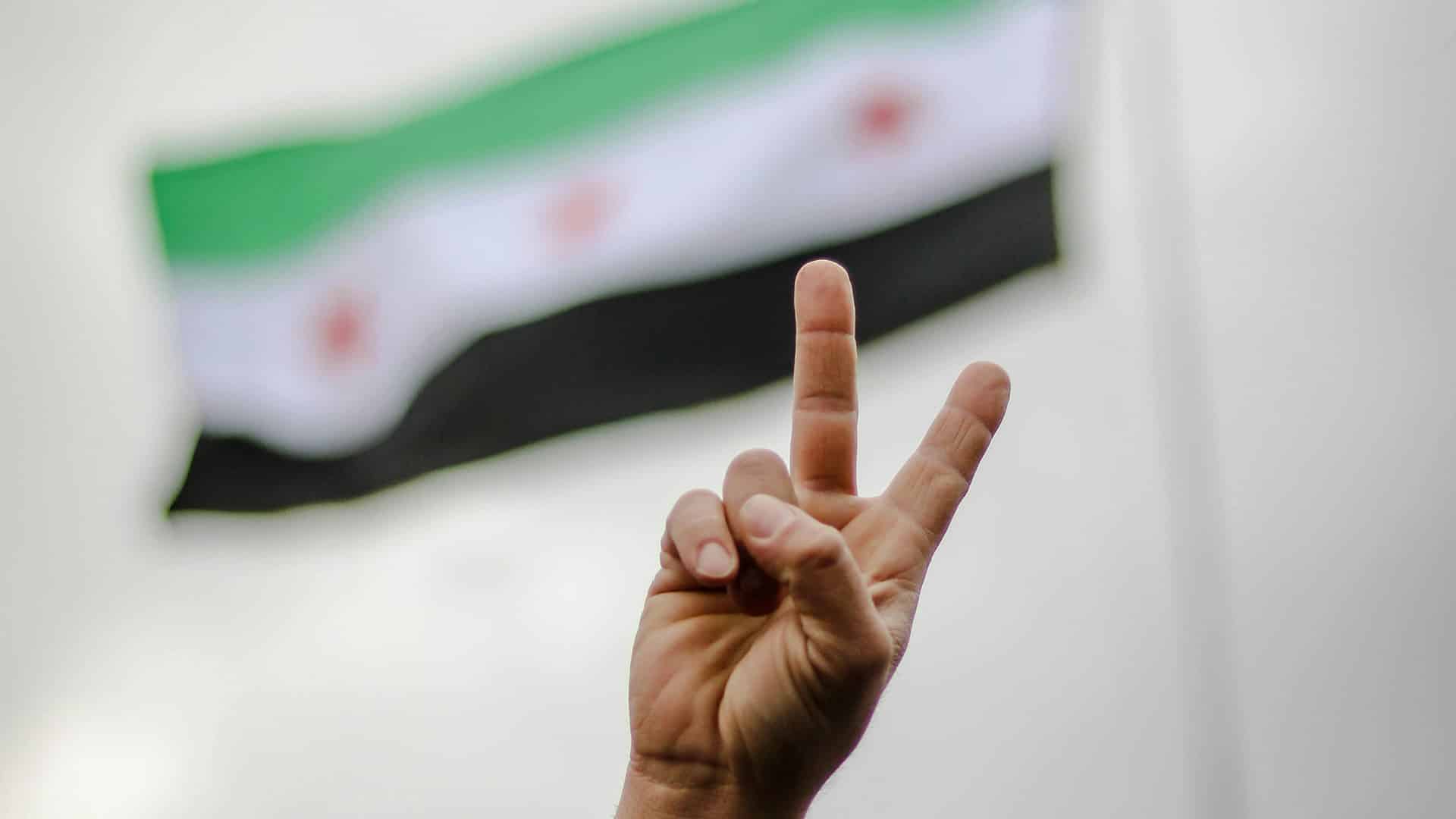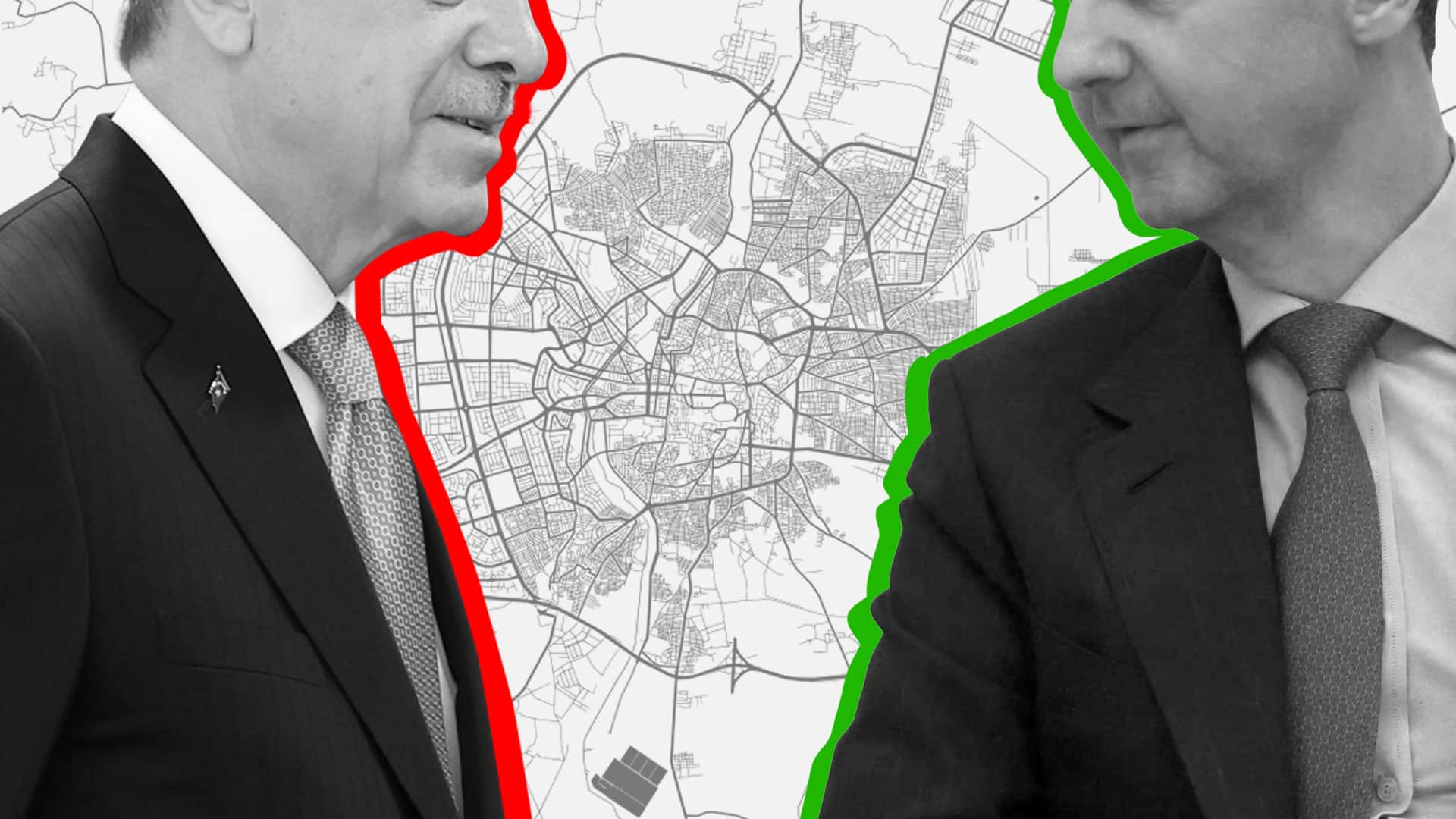Turkey has pledged to support Syria through the restoration of electricity supplies and sent a delegation just a few weeks after Asaad’s fall to discuss the reconstruction of the country’s oil, gas, and electricity infrastructure. This builds on Turkey’s involvement in recent years in Syria’s northwestern provinces. There were talks around sending Turkish and Qatari power barges to Syria, similar to the ones Lebanon operated between 2013 and 2021, but the financial and logistical challenges of this are still under discussion with Syrian authorities.
Qatar has also moved to aid Syria’s new government through addressing the country’s sharp decrease in gas supplies, from around 8.4 billion cubic meter (BCM) in 2011 to around 3 BCM in 2024. In March, Doha announced that it would begin supplying Syria with natural gas via Jordan, in a bid to help the new authorities tackle acute power shortages. This gas, delivered through Jordan’s Aqaba port, should allow Syria to receive around 400 MW of additional electricity, reaching 8 hours of nationwide supply in the coming months. However, as this section of the Arab Gas Pipeline between Aqaba and Mafraq is already in use to supply Israeli gas to Jordan and Egypt, questions arise whether the gas supplied to Syria would also be Israeli.
The Costly Connection to Private Turkish Power
Prior to the fall of the Assad regime, regions under the control of opposition groups in northeast ¹ and northwest Syria ² suffered from the same severe power outages, as the power stations feeding them were concentrated in area under the control or the regime or rival opposition groups. This pushed some cities in the northwest, namely Tell Abyad and Ras al-Ain, to sign an agreement in 2021 with the Turkish-Syrian company AK Energy ³ to deliver electricity from Turkey and help locals avoid costly private generator subscriptions. AK Energy had already supplied electricity to Azaz ⁴, Jarablus, Jindires and al-Bab in the northern and eastern part of Aleppo, using prepaid cards. A similar arrangement was completed in Souran, Akhtareen, Mareh, and Afreen between April 2019 and January 2020 with STE Energy, another Turkish-Syrian company ⁵, while HTS in Idlib signed an agreement with Green Energy ⁶ in May 2021 for the same purpose.
Those solutions with private-sector entities, although providing around-the-clock electricity, have often been too expensive ⁷ for northern residents, provoking demonstrations against the companies. Regions in the northeast (Raqqa, Tabqa, and to a lesser extent Manbij) had access during the war to surrounding hydroelectric dams and therefore had greater control over their electricity supply. Following the March 2025 agreement between the Syrian government and the Syrian Democratic Forces (SDF), a United States-backed Kurdish militia, to integrate the latter into the central state, government forces deployed to the Techrin Dam in a first trial to test the agreement’s implementation with the autonomous Kurdish administration. If successful, it is expected that this will expand to future discussions around the SDF-controlled oil and gas fields in the northeast.
No Renewables Rescue
The use of renewable energy, in particular solar energy, has gained increasing momentum of late in Syria. The country benefits from abundant sun throughout the year and from vast desert areas, which offer a unique opportunity to provide cleaner and cheaper energy sources. Solar panels have provided power to homes and public institutions including universities and hospitals, as well as for citizens in what had been opposition areas, such as Idlib, before the Assad regime fell. Syria benefited from Lebanon’s so-called solar boom since 2020, with solar panels and batteries smuggled across the borders. Yet installing those systems remained limited to citizens who could afford the cost, and did not lead to a technology boom like the one witnessed in Lebanon, due to the continued tightening on financial flows to and from Syria.
On the regulatory front, the previous regime launched a renewable energy fund in 2021 with the ostensible goal of providing low or no-interest loans to facilitate renewable energy technologies, given the absence of immediate central solutions. It also issued legislation (law 32 of 2021) introducing amendments to the 2010 Electricity Law. It authorized the private sector to invest in electricity generation and to sell that power to the national grid. Leveraging the restoration of diplomatic relations with some Arab countries, the regime also attempted to benefit from infrastructure investments, such as an Emirati-financed 300 MW solar park in the Damascus area, and others in industrial zones in Aleppo. None of these ever materialized.
Looking Ahead
Syria’s electricity scarcity has multiple negative consequences, from compounding urgent humanitarian issues to impeding social stability. Addressing it will require ambitious measures at the central government level and from the international community. The US and the European Union must engage with the new administration on rehabilitation efforts. To date, with the US continuing to maintain stringent sanctions, Syria’s new administration is restricted in its ability to implement comprehensive reforms to the sector. Instead, it must aim for quick fixes to increase electricity supply, while pleading with the international community – in particular Washington and Brussels – to support its rehabilitation efforts on all fronts, including for electricity.



